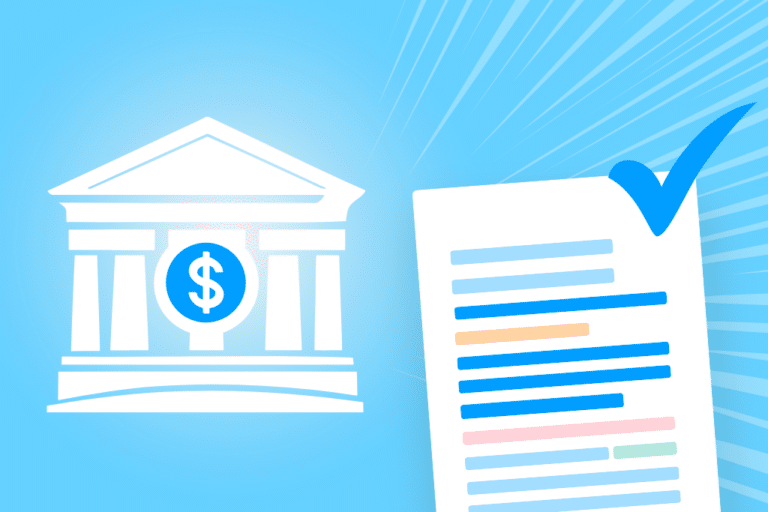Communication and collaboration are the foundations of any effective board – ensuring all members can debate, discuss, and make decisions in a respectful, transparent and efficient manner. Strong communication within the board has become even more critical as the pandemic has pushed more remote and hybrid work models.

The many complexities of board activities make communication and collaboration a must, but at the same time, a challenge. Sensitive documents, internal hierarchies, interactions with third-party players, remote meetings, and more have multiple touchpoints where things can fall apart. Inadequate management makes them all potential obstacles to effective collaboration and proper corporate governance.
Communication in the new hybrid work model
In the wake of the pandemic, most companies adapted to a remote working model. With workers now moving back into their offices for a few days per work, the world of work is changing yet again. With some companies choosing to keep staff at home, a more hybrid way to work is emerging. While a hybrid work model offers more flexibility, it can further complicate board meetings. Some members may prefer to discuss items in person, and others might be on the road and need a remote setup from their personal devices. Either way, both board members must be accommodated with the same high standards of security and reliability.
Whatever system the board puts in place must allow for seamless communication both in-person and remotely where necessary. This new model makes it more critical than ever that members are equipped with the right technological tools – solutions that follow data protection best practices and maximize the board’s resources for efficient and effective meetings.
Underpinning those tools should be a company culture of collaboration. This means more than just paying lip service to teamwork. It means ensuring every member’s voice is heard and that everyone has a chance to participate. Individual input doesn’t just make members feel validated; it gives the board the benefit of dissenting opinions and new ideas. The most productive boards include a wide variety of skill sets, experiences, and expertise.
How to run an efficient board meeting
The responsibility of board meeting management usually falls to the company secretary. One of their first actions when onboarding board members should be to ensure all directors are set up with a company email and instruct them on the importance of using it. Using personal emails can confuse the communication chain and, more importantly, represent a serious data risk with the sensitivity of the company data which is transmitted in the course of board business.
Secretaries also have to ensure everyone’s in the loop and has the materials they need before, during, and after the meeting. This will require taking meticulous minutes, setting a clear agenda, and following up on any feedback or requests for more information.
Meeting notes aren’t just a handy reference for reminding yourself of who said what. Detailed notes are a vital record of what transpired, and may even be available to investors depending on your transparency policies. They’re your defense against challenges, a key part of your internal audit chain, and an archive of decisions made and proposals discussed.
Board portals: the most effective way to communicate
At times, keeping track of minutes and other board communications may seem like a Herculean task, but it’s easily streamlined with the right software. Using a secure board portal gives you access to all your materials from a central hub and, because your board members are keeping their communications in one place, there is less risk of data leaks or breaches.


